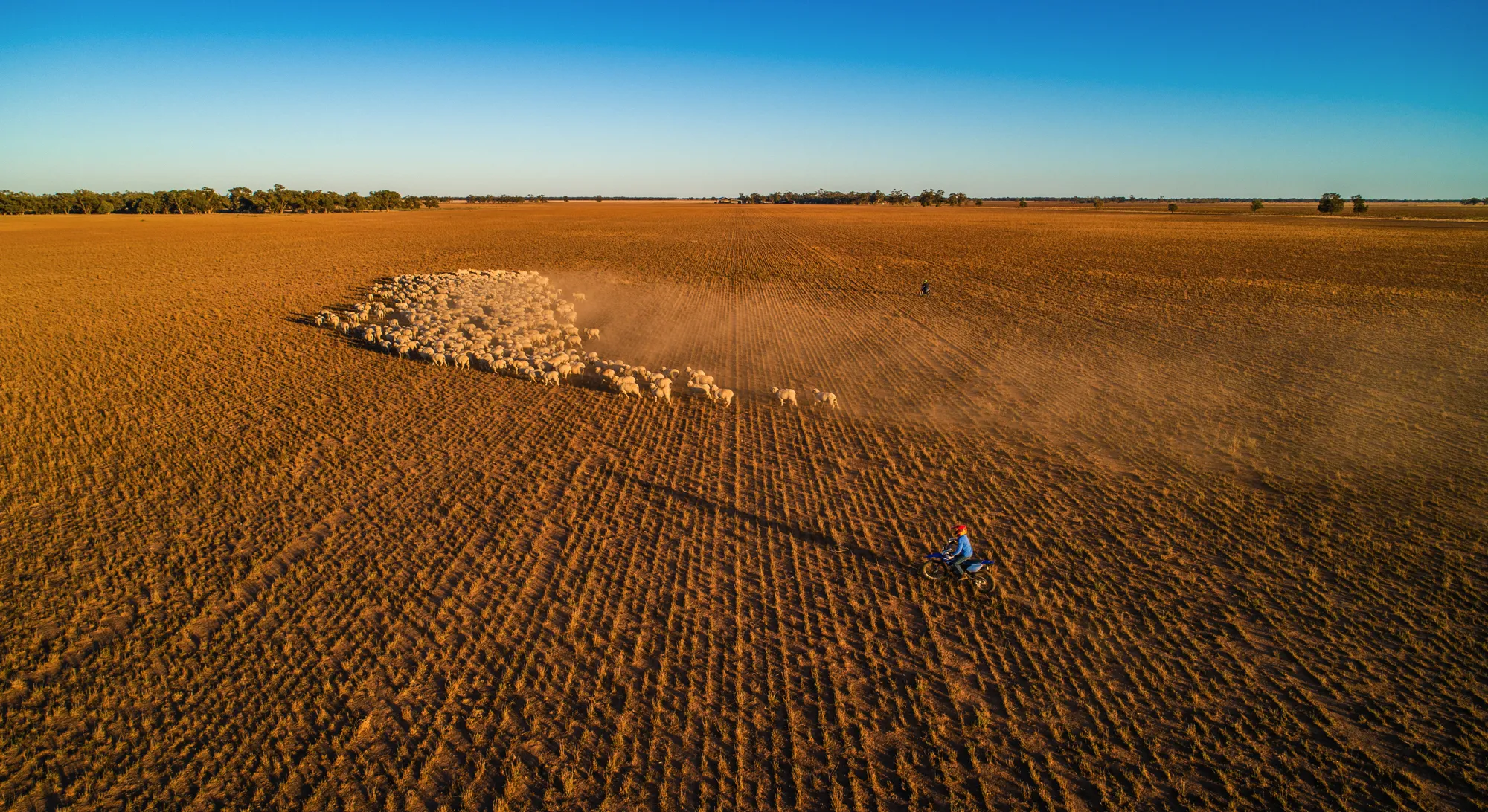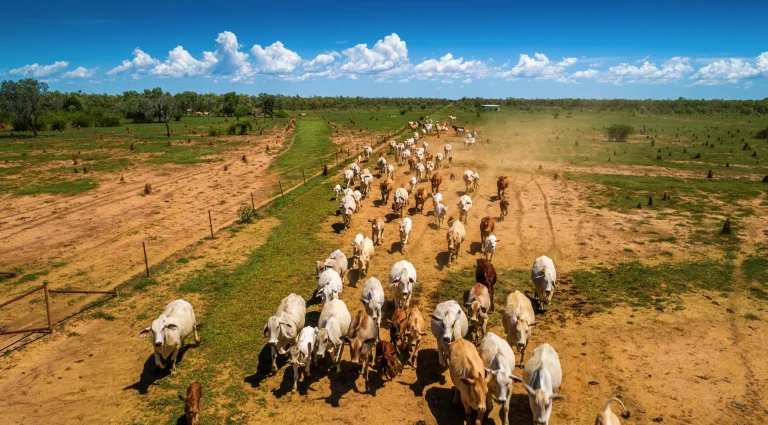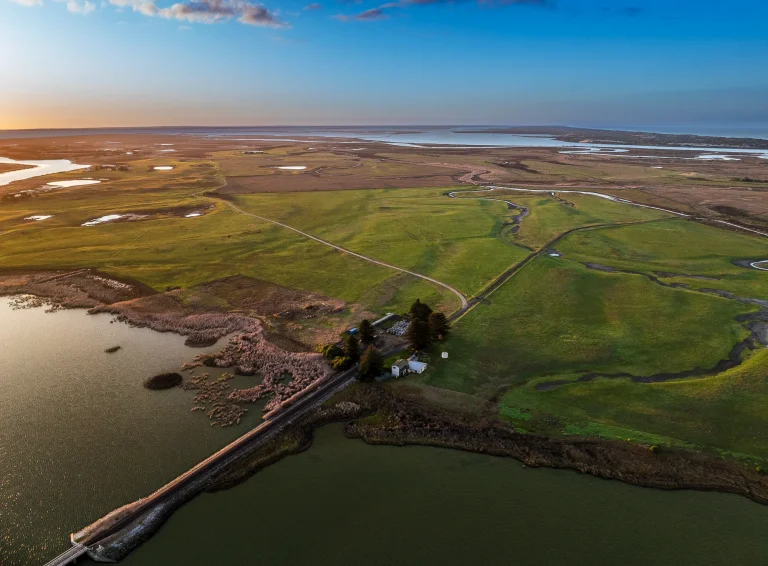Evaluating Market Trends in Grazing Land Investments: A Strategic Guide for Agricultural Property Investors
The agricultural sector continues to witness remarkable transformation, with evaluating market trends in grazing land investments becoming increasingly crucial for successful property transactions. As global food security concerns intensify and sustainable farming practices gain prominence, investors and agricultural operators must navigate complex market dynamics to identify optimal opportunities in pastoral holdings. At Agribusiness Horizons, we understand that successful grazing land investments require comprehensive market analysis, strategic timing, and expert guidance to maximize returns while minimizing risks.
Understanding current market conditions, seasonal patterns, and long-term agricultural trends forms the foundation of sound investment decisions in grazing properties. Whether you’re considering expanding your pastoral operations or entering the agricultural investment market for the first time, our specialized team provides the expertise and market intelligence necessary to make informed decisions that align with your investment objectives.
The Evolution of Grazing Land Markets
Australia’s grazing land markets have undergone significant transformation over recent decades, driven by changing agricultural practices, climate variability, and evolving investor preferences. Traditional family-owned pastoral operations now compete alongside institutional investors, family offices, and agricultural corporations seeking diversified investment portfolios.
Regional variations in rainfall patterns, soil quality, and infrastructure development create distinct market segments within the broader grazing land sector. Properties with reliable water access, improved pastures, and modern handling facilities command premium valuations compared to undeveloped pastoral holdings. Understanding these fundamental differences helps investors identify properties that offer both immediate productivity and long-term appreciation potential.
The integration of technology in pastoral operations has created new value drivers for grazing land investments. Properties equipped with modern infrastructure, including solar power systems, automated water systems, and digital monitoring capabilities, attract higher buyer interest and achieve superior market prices. This technological evolution continues to reshape how investors evaluate potential acquisitions and optimize existing holdings.
Key Market Drivers Influencing Grazing Land Values
Several interconnected factors drive value appreciation in grazing land markets, requiring investors to maintain awareness of both macroeconomic conditions and sector-specific developments. Commodity price cycles significantly impact pastoral property values, with beef and wool prices directly influencing investor sentiment and property demand.
Climate patterns and seasonal conditions create short-term volatility while long-term weather trends shape regional property values. Areas with consistent rainfall patterns and drought resilience typically maintain stable values, while regions experiencing increased climate variability may offer opportunities for investors willing to implement risk mitigation strategies.
Infrastructure development, including road improvements, telecommunications expansion, and processing facility construction, enhances property accessibility and operational efficiency. These developments often precede value appreciation, creating opportunities for investors who can identify emerging infrastructure corridors before they become widely recognized.
Government policy changes affecting agricultural taxation, environmental regulations, and foreign investment rules can significantly impact market dynamics. Successful investors monitor policy developments and adjust their strategies accordingly, ensuring compliance while capitalizing on regulatory changes that may create competitive advantages.
Regional Market Analysis and Investment Opportunities
Queensland’s diverse grazing regions offer varied investment opportunities, from tropical cattle country in the north to temperate pastoral areas in the south. Each region presents unique characteristics regarding carrying capacity, seasonal patterns, and market access, requiring tailored investment approaches.
New South Wales grazing markets benefit from proximity to major population centers and established agricultural infrastructure. The state’s diverse climate zones support different pastoral enterprises, from intensive cattle operations to extensive sheep grazing systems. Regional variations in water availability and soil quality create distinct market segments with varying risk-return profiles.
Victoria’s high-rainfall grazing areas command premium prices due to their productivity and reliability. These regions attract both domestic and international investors seeking stable returns from established pastoral operations. The state’s strong agricultural support services and processing infrastructure enhance property values and operational efficiency.
Northern Territory’s extensive pastoral holdings offer opportunities for large-scale cattle operations, particularly in regions with established water infrastructure and transport access. The territory’s vast land areas and relatively lower entry costs attract investors seeking to establish significant pastoral enterprises.
Financial Metrics and Investment Performance Analysis
Evaluating market trends in grazing land investments requires understanding key financial metrics that drive property values and investment returns. Carrying capacity, measured in dry sheep equivalents or cattle units per hectare, provides a fundamental measure of productive potential. Properties with higher carrying capacity typically command premium prices, reflecting their ability to generate superior cash flows.
Water security represents a critical value driver, with properties featuring reliable water sources achieving significant premiums over those dependent on seasonal rainfall. Investors increasingly recognize water rights as separate assets, with some properties deriving substantial value from their water entitlements independent of their grazing potential.
Infrastructure quality and condition significantly impact both operational efficiency and property values. Modern facilities, including yards, sheds, fencing, and accommodation, reduce ongoing capital requirements while enhancing productivity. Properties with deferred maintenance may offer acquisition opportunities for investors willing to invest in infrastructure improvements.
Location factors, including distance to processing facilities, transport infrastructure, and service centers, influence both operational costs and property values. Properties with superior access typically achieve higher prices per hectare, reflecting their operational advantages and market accessibility.
Comparison of Grazing Land Investment Characteristics
| Investment Factor | High-Quality Properties | Moderate Properties | Development Opportunities |
|---|---|---|---|
| Carrying Capacity | Premium levels | Standard regional rates | Below-average potential |
| Water Security | Reliable year-round access | Seasonal availability | Limited or uncertain |
| Infrastructure | Modern and well-maintained | Functional but aging | Requires significant investment |
| Location Access | Excellent transport links | Moderate accessibility | Remote or challenging |
| Investment Risk | Lower volatility | Moderate risk profile | Higher risk, higher potential |
| Capital Requirements | Premium purchase price | Market-rate pricing | Lower entry, higher development |
Strategic Timing and Market Entry Considerations
Market timing plays a crucial role in grazing land investment success, with seasonal patterns, commodity cycles, and economic conditions all influencing optimal entry points. Understanding these cycles helps investors identify periods when quality properties may be available at attractive valuations.
Drought conditions often create opportunities for well-capitalized investors to acquire properties from operators facing financial pressure. However, these acquisitions require careful evaluation of long-term productivity potential and the capital required to restore operations to full capacity.
Commodity price peaks may signal optimal selling opportunities for existing investors while creating challenging acquisition conditions for new entrants. Successful investors develop strategies that account for these cyclical patterns, positioning themselves to capitalize on market inefficiencies.
Interest rate environments significantly impact agricultural property values, with lower rates generally supporting higher valuations through improved financing accessibility and reduced carrying costs. Investors must consider both current rates and potential future changes when evaluating investment opportunities.
Agribusiness Horizons: Your Partner in Grazing Land Investment Success
At Agribusiness Horizons, we specialize in evaluating market trends in grazing land investments through our comprehensive advisory services and deep market expertise. Our team combines decades of agricultural experience with advanced analytics to provide clients with actionable insights for successful property transactions.
Our valuation and financial analysis services help investors understand the true value of grazing properties, incorporating factors such as carrying capacity, water rights, infrastructure quality, and regional market conditions. We provide detailed financial projections that account for commodity price volatility, seasonal variations, and long-term productivity trends.
Our strategic advisory services guide investors through complex market conditions, helping identify optimal timing for acquisitions and disposals. We maintain extensive databases of market transactions, enabling us to provide accurate benchmarking and identify emerging opportunities before they become widely recognized.
Through our global network and local expertise, we connect investors with quality grazing properties that match their specific investment criteria. Our end-to-end support ensures smooth transactions while our post-sale services help optimize property performance and maximize long-term returns.
Technology Integration and Future Market Developments
Modern grazing operations increasingly incorporate technology solutions that enhance productivity and reduce operational costs. Properties equipped with automated monitoring systems, precision agriculture tools, and renewable energy infrastructure attract premium valuations and offer superior investment returns.
Satellite monitoring and data analytics enable more precise pasture management, improving carrying capacity and reducing environmental impact. These technologies create competitive advantages for progressive operators while enhancing property values through demonstrated productivity improvements.
Carbon credit opportunities represent an emerging value stream for grazing properties, with well-managed pastoral operations potentially generating significant additional income through carbon sequestration programs. Forward-thinking investors consider these opportunities when evaluating potential acquisitions.
Sustainability requirements from major beef and wool buyers increasingly influence property management practices and market values. Properties with documented sustainable practices and environmental stewardship often achieve premium prices and attract institutional investors focused on environmental, social, and governance criteria.
Risk Management and Investment Protection Strategies
Successful grazing land investments require comprehensive risk management strategies that address climate variability, commodity price volatility, and operational challenges. Diversification across regions, enterprise types, and investment timeframes helps reduce portfolio risk while maintaining return potential.
Insurance products, including multi-peril crop insurance and livestock coverage, provide protection against weather-related losses and disease outbreaks. Investors should evaluate available coverage options and incorporate insurance costs into their financial projections.
Water security represents a critical risk factor, with properties dependent on seasonal rainfall facing higher volatility than those with reliable water sources. Investors may consider water infrastructure improvements or water right acquisitions to enhance property resilience.
Professional management arrangements can reduce operational risks for investors lacking direct agricultural experience. Quality management teams provide expertise in livestock handling, pasture management, and market timing while allowing investors to focus on strategic decisions.
Conclusion: Navigating the Future of Grazing Land Investments
The agricultural investment landscape continues evolving, with evaluating market trends in grazing land investments becoming increasingly sophisticated and data-driven. Successful investors must balance traditional agricultural knowledge with modern analytical tools to identify opportunities and manage risks effectively.
As global food demand increases and sustainable production practices gain importance, quality grazing properties positioned in favorable locations with reliable water access and modern infrastructure will likely continue appreciating. However, market volatility and climate challenges require careful analysis and strategic planning to achieve optimal investment outcomes.
Consider these thought-provoking questions as you evaluate your grazing land investment strategy: How will changing consumer preferences for sustainably produced beef and wool impact property values in your target regions? What role will carbon credits and environmental stewardship play in future property valuations? How can you position your investment portfolio to benefit from technological advances in pastoral management while managing the risks associated with climate variability?
At Agribusiness Horizons, we’re committed to helping investors navigate these complex market dynamics through our specialized expertise and comprehensive advisory services. Contact Rawdon Briggs at +61 428 651 144 or visit our website at https://agribusinesshorizons.com to discuss how we can help you achieve your grazing land investment objectives. Our team stands ready to provide the market intelligence, strategic guidance, and transaction support necessary for successful agricultural property investments.



